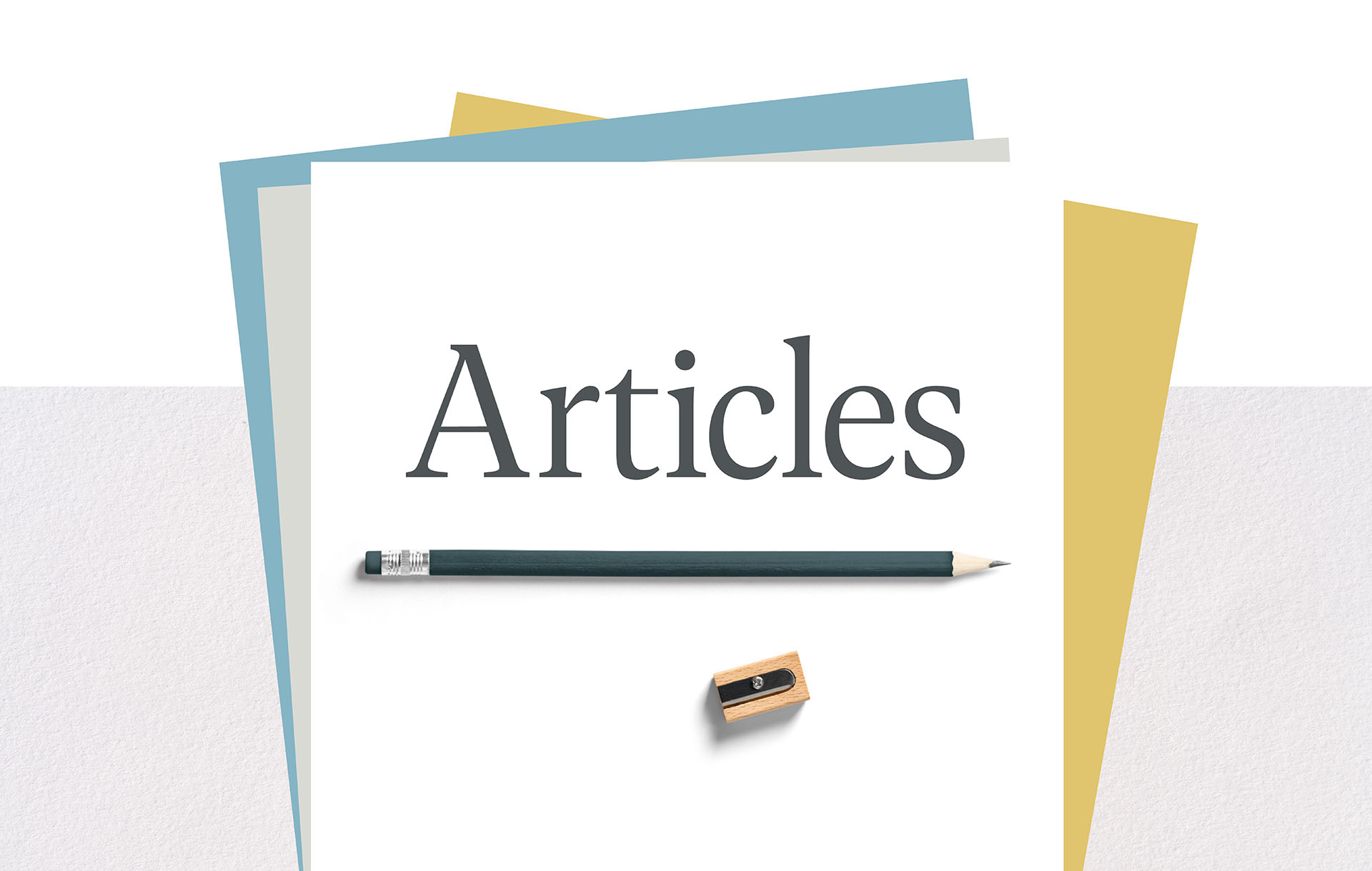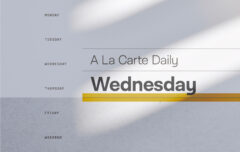“Federal agents don’t learn to spot counterfeit money by studying the counterfeits. They study genuine bills until they master the look of the real thing. Then when they see the bogus money they recognize it.” I can’t count the number of times I have read quotes similar to that one, taken from John MacArthur’s Reckless Faith. It seems that whenever an author wishes to discuss discernment, he mentions federal agents and the method they use to discern the genuine from the counterfeit. I have often wondered if this metaphor is accurate and whether agents truly do study genuine currency first. Curious person that I am, I decided to find some answers. I called the Bank of Canada, worked my way through various levels of bureaucracy, and eventually arranged a meeting with one of the nation’s foremost experts on counterfeit currency.
I twice missed the Bank of Canada building, one of just five local offices in Canada, before finally spying the appropriate address. There is no sign on the outside of the heavily-tinted glass building to announce what is within. As I entered the sole door, I found myself in a tiny foyer, only a few feet square. The door ahead was barred and an small sign announced that I was to press an intercom button and to announce my business. I pressed the button and stated that I was there to conduct an interview. After checking my name against a list, the security guard unlocked the door and I was permitted to proceed into a bare reception area. The doors locked behind me and a series of locked doors were ahead of me. The occasional person passed through these turnstile doors, but only after swiping a security card. The turnstiles allowed only one person to enter before locking once more. I passed my identification through a small opening cut into a foot-thick glass window. The guard made a copy of it and passed it back to me along with a visitor’s pass. A few minutes later I was greeted by Monica, the expert on currency, and we walked through bare, utilitarian corridors until we found a vacant meeting room.
 Monica was far friendlier than the security guard, though she had to bring along a tape recorder and later mentioned that some poor soul would later make a complete transcription of our conversation. She asked me about my interest in counterfeit currency and I told her about my interest in the field of discernment and the constant metaphors I have encountered that point towards the training provided to federal agents. She seemed interested and decided that she would provide me with a basic rundown of how agents are trained and would then hand me a stack of mixed currency–different denominations, some of which was genuine and some of which was counterfeit–and allow me to test my training.
Monica was far friendlier than the security guard, though she had to bring along a tape recorder and later mentioned that some poor soul would later make a complete transcription of our conversation. She asked me about my interest in counterfeit currency and I told her about my interest in the field of discernment and the constant metaphors I have encountered that point towards the training provided to federal agents. She seemed interested and decided that she would provide me with a basic rundown of how agents are trained and would then hand me a stack of mixed currency–different denominations, some of which was genuine and some of which was counterfeit–and allow me to test my training.
And so we began. It turns out that John MacArthur is correct. Training in identifying counterfeit currency begins with studying genuine money. There are certain identifying characteristics that are added to each bill printed by the Bank of Canada. These characteristics are necessarily difficult to reproduce. Some are intended to stump the casual counterfeiter, armed with no more than a scanner and color laser printer, and some will stump the more serious counterfeiter, even if armed with expensive, high-tech equipment. She summarized the approach to distinguishing a genuine bill with the phrase, “touch, tilt, look at, look through.” The first step then, is to touch the bill. Because currency is printed on unique cotton-based paper, a false bill will often feel false. She described the most common reaction to the feel of a counterfeit bill as “waxy.” A person may not quite be able to describe it, but it just feels wrong. There are also two areas on a bill where raised print provides a tactile clue to a genuine bill.
Having touched the bill, Monica described the “tilt” features. First she pointed out the holographic stripe which is remarkably difficult to accurately reproduce. When the bill is tilted, this holograph will show all the colors of the rainbow. Additionally, each tiny maple leaf on the bill is color-split, so that it appears in two colors simultaneously. And, when studied closely, tiny numbers identifying the denomination of the bill will appear in the background of this stripe.
The third step is to look through the money. By holding a bill to the light, several features appear. There is a small, ghost-like watermark image of the bill’s main portrait. In the case of a $20 bill, this means that a tiny portrait of Queen Elizabeth II appears immediately beside a more pronounced portrait. Another of these “look through” features is a gold thread woven through the bill that will appear solid when held up against a light source, but broken or staggered if counterfeited.
The final step is to look at. “Look at” features include fine-line printing within the bill’s portrait and certain background patterns. These lines and patterns are so fine that they cannot be adequately reproduced by the casual counterfeiter.
We spent a small amount of time examining security features of some of the older bills that are still in circulation, and the features that are unique to lower denominations of currency. All the while I plied Monica with questions. She provided a thorough and helpful answer to every question I could think of.
That was my introduction to counterfeit detection.
And now my training would be put to the test. Monica placed before me a stack of bills of varying denominations. I knew that some were genuine and some were counterfeit. The first, a twenty dollar bill, immediately struck me as a forgery. Just as she said, it felt waxy and seemed to have been printed on standard pulp-based paper. I tilted it and noted that the holographic stripe was not really holographic at all. Though I was already convinced that this was a forgery, I pressed on and noted that no portrait of the Queen appeared when the bill was held to the light, and the fine-line printed was blurry and imprecise. It was clearly a counterfeit.
The next bill was a genuine five dollar bill. I examined the bill and found that everything seemed in order. The security features were in-place. The print was sharp and hidden features appeared just as they should.
I continued to move through the stack of bills. One bill almost seemed sound, but then I noted the thinnest white edge on the bill, showing that it had been poorly cut from a sheet of white paper.
I soon learned that identifying counterfeit currency is not a terribly difficult task. When a person knows what to look for, when he has been trained to examine the bill for particular identifying characteristics, identifying genuine from fraudulent can be done with great accuracy, even on the basis of only a small amount of training. I successfully identified each piece of counterfeit currency.
I will continue this article tomorrow by sharing some lessons I learned at the Bank of Canada.










